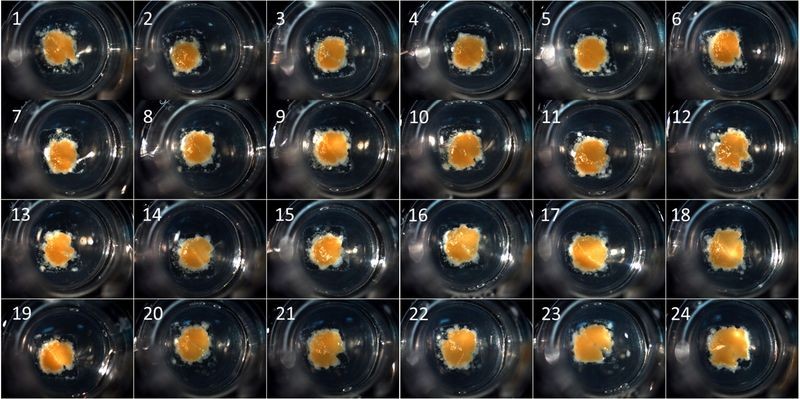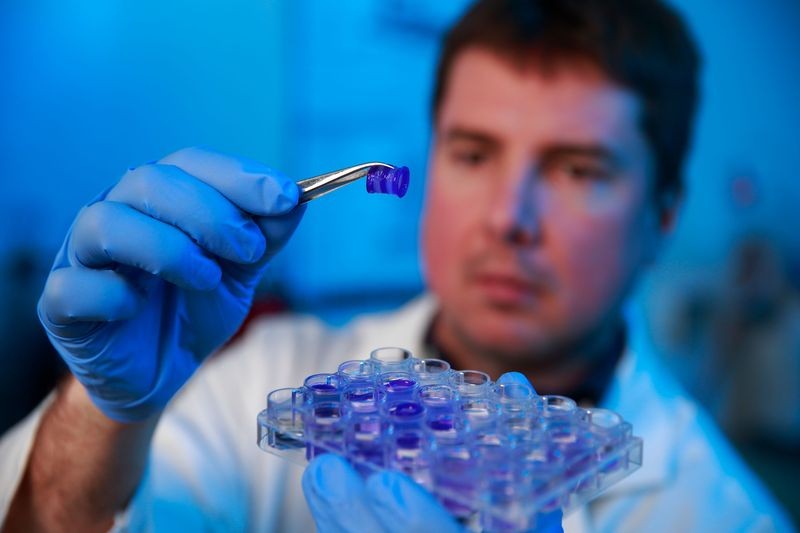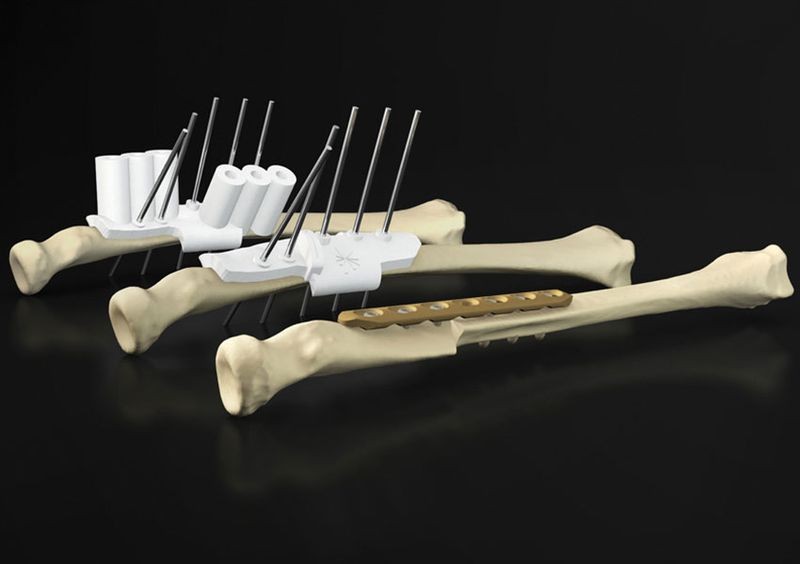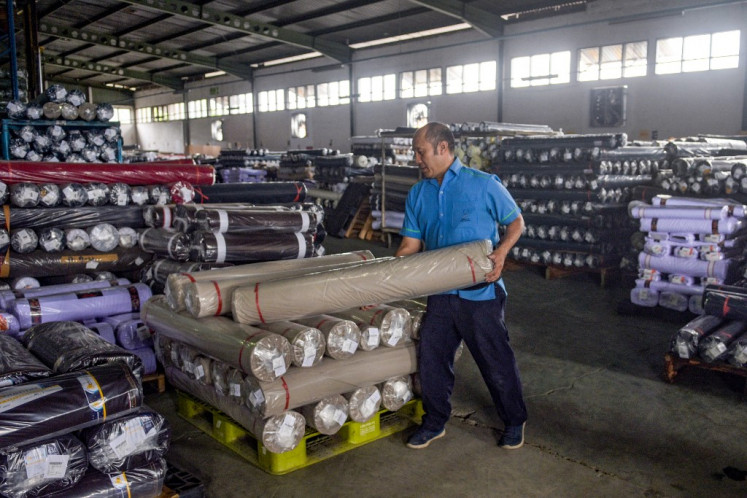Popular Reads
Top Results
Can't find what you're looking for?
View all search resultsPopular Reads
Top Results
Can't find what you're looking for?
View all search resultsWe’re getting closer to mass production of bones, organs, and implants
The hip bone’s connected to the thigh bone, and they’ll both be made by 3D printers.
Change text size
Gift Premium Articles
to Anyone
M
edical researchers have been able to create certain kinds of living cells with 3D printers for more than a decade. Now a few companies are getting closer to mass production of higher-order tissues (bone, cartilage, organs) and other individually tailored items, including implants. This kind of precision medicine, treating patients based on their genes, environment, and lifestyle, could herald the end of long organ donor lists and solve other problems, too.
Read also: Blood test offers hope for better lung cancer treatment
 Organovo has successfully transplanted human liver tissue into mice to cure chronic liver failure.(Organovo via Bloomberg/File)
Organovo has successfully transplanted human liver tissue into mice to cure chronic liver failure.(Organovo via Bloomberg/File)
Organovo Holdings Inc.
Based in San Diego; 120 employees
What Organovo has successfully transplanted human liver tissue into mice to cure chronic liver failure. Pending the success of human trials, possible applications include the $3 billion market for inherited conditions such as hemophilia.
Who Ten-year-old Organovo, co-founded by bioprinting pioneer Gabor Forgacs, a professor at the University of Missouri, has received more than $100 million in funding for its development of 3D-printed tissues. The company uses bioprinted tissue to test drug toxicity and effectiveness on behalf of Big Pharma companies including Bristol-Myers Squibb Co. and Merck & Co.
Next Steps The company says it plans to begin human clinical trials by 2020. It’s also developing printable bone tissue for skeletal disease research and co-developing 3D-printed skin with L’Oréal SA.
Read also: Italian court finds link between cell phone use and tumor
 Aspect prints tissue cells to create structures that resemble parts of the human body, such as an airway or meniscus, to spur easier research on treatments for, say, asthma or muscle tears.(Lavigne Films via Bloomberg/File)
Aspect prints tissue cells to create structures that resemble parts of the human body, such as an airway or meniscus, to spur easier research on treatments for, say, asthma or muscle tears.(Lavigne Films via Bloomberg/File)
Aspect Biosystems Ltd.
Based in Vancouver; 15 employees
What Aspect prints tissue cells to create structures that resemble parts of the human body, such as an airway or meniscus, to spur easier research on treatments for, say, asthma or muscle tears. By taking muscle cells from a lung, for example, the company built respiratory tissue that responded to common asthma inhalers as a person’s body should.
Who Engineering Ph.D. dropout Tamer Mohamed co-founded Aspect in 2013 with nanotechnology and biology experts. They’ve teamed with a Johnson & Johnson subsidiary to work on tissue development with their heavily customized printers.
Next Steps The focus of the J&J partnership is a prototype artificial meniscus that could be implanted without the need for more invasive and expensive knee surgeries. The companies haven’t set a timetable for human trials, though Mohamed says he’s hoping to get there in the next few years.
Read also: Drinking too much soda may be linked to alzheimer's
 Materialise designs custom 3D-printable implants, surgical guides, and other medical devices. (Materialise via Bloomberg/File)
Materialise designs custom 3D-printable implants, surgical guides, and other medical devices. (Materialise via Bloomberg/File)
Materialise NV
Based in Leuven, Belgium; 1,400 employees
What Materialise designs custom 3D-printable implants, surgical guides, and other medical devices. It’s waiting on approval from the U.S. Food and Drug Administration for implants designed to fuse bones. It’s considering starting the approval process for tracheal splits meant to keep airways open.
Who Chief Executive Officer Fried Vancraen founded the $440 million company in 1990 and has joined with companies including Siemens AG and UL LLC to develop or manufacture medical equipment. Sometimes the items are as simple as glasses or custom hearing aids; sometimes they’re individually tailored models of a person’s organ designed to help surgeons spot potential trouble.
Next Steps Materialise says a series of forthcoming research papers will strengthen its bone implant case with the FDA. The next hurdle will be persuading health insurers to cover its 3D-printed gear.











